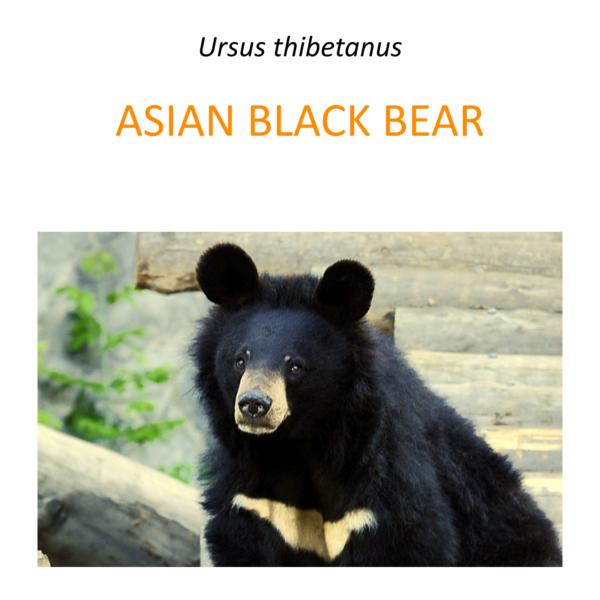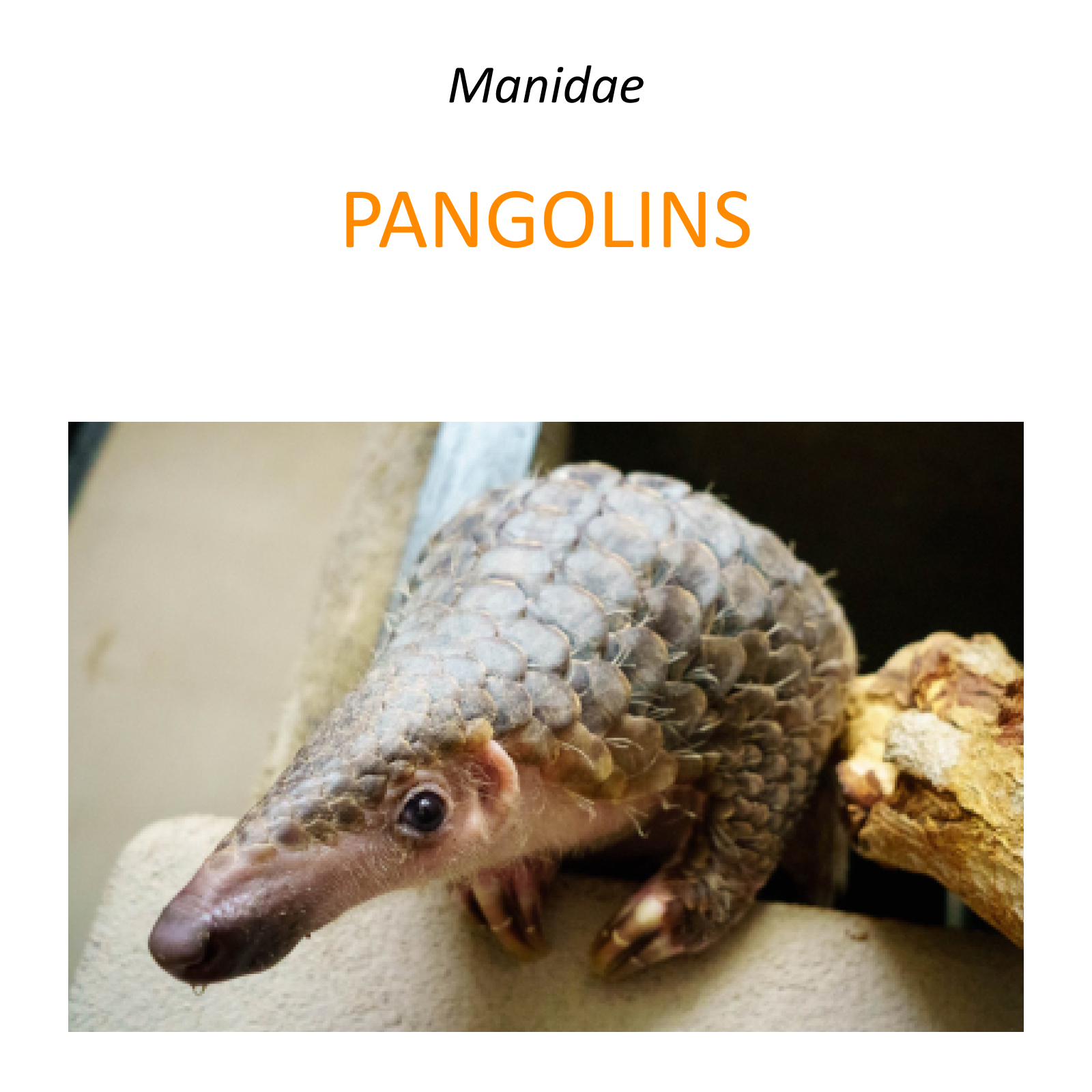Moon bear rescue program
Description
Species name: ASIAN BLACK BEAR
Scientific name: Ursus tibethanus
Country: Laos
Project website: www.freethebears.org
The main threats to the eight bear species on Earth today are habitat loss and poaching, and also climate change for polar bears. There are even more dangers for bears in Asia. In the so-called traditional medicine of the Far East, bile, bear meat, soup or tincture of their paws are supposed to give strength.
The Asian black bear (Ursus thibetanus) is much larger than the sun bear, an adult male can weigh up to 200 kg. It also lives in Asia, but in mountainous areas and definitely cooler than the sun bear. The range of occurrence includes Afghanistan, Pakistan, the Himalayan foothills, southern China, Far East Russia, North Korea, Taiwan, Japan, and in the south, Laos and Vietnam. They look similar to brown bears, but they are darker than them and have a characteristic white crescent on the chest (hence they are also known as moon bears). Both males and females have longer mane-like hair around the head.
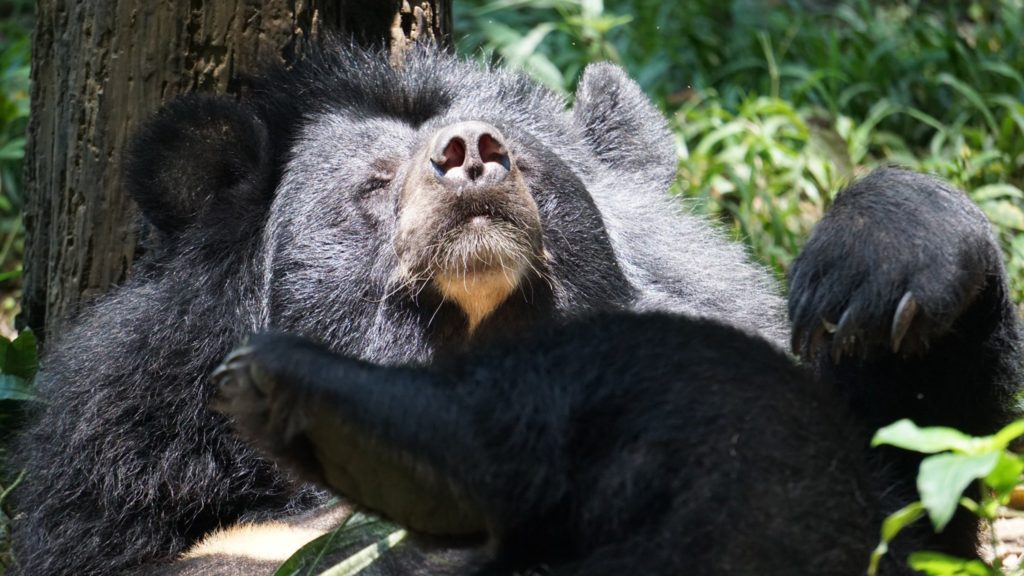
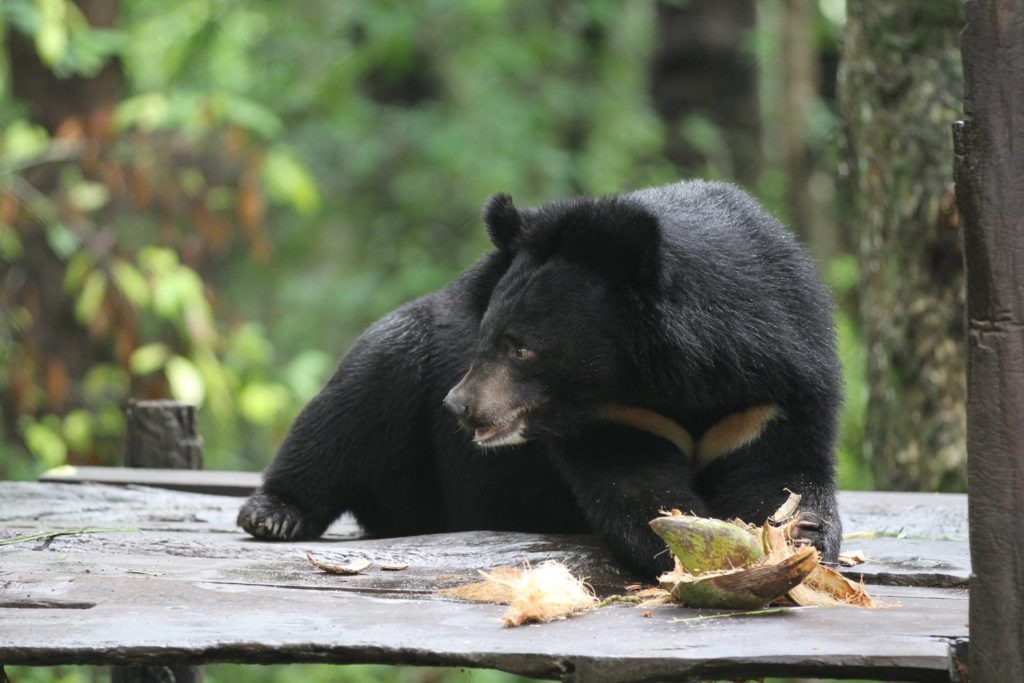
Most of the Asian black bears’ diet is plants and insects, not meat. However, they need sharp teeth and claws to dig up roots, chew on fruit, or tear tree trunks to look for insects. In colder regions, at the end of summer, moon bears become more predators, hunt deer, wild pigs, and then hibernate.
The greatest threat to them is deforestation combined with poaching and the so-called traditional Chinese medicine. It is this species of bear that is most often kept on bile farms, where bile is obtained from them. The name farm does not mean that bears are bred there. On the contrary, bears caught in the wild end up there. The International Union for Conservation of Nature (IUCN) has classified the Asian black bear as a species endangered with extinction (Vulnerable).
The most drastic example of using bears for the so-called traditional Chinese medicine are bear farms where their bile is obtained. Bears spend years, and often their entire lives, in cages not much larger than themselves. A metal trocar permanently embedded in their bodies, which enables the collection of bile, causes constant pain and endless infections. It is estimated that over 12,000 of these animals live on bear farms.
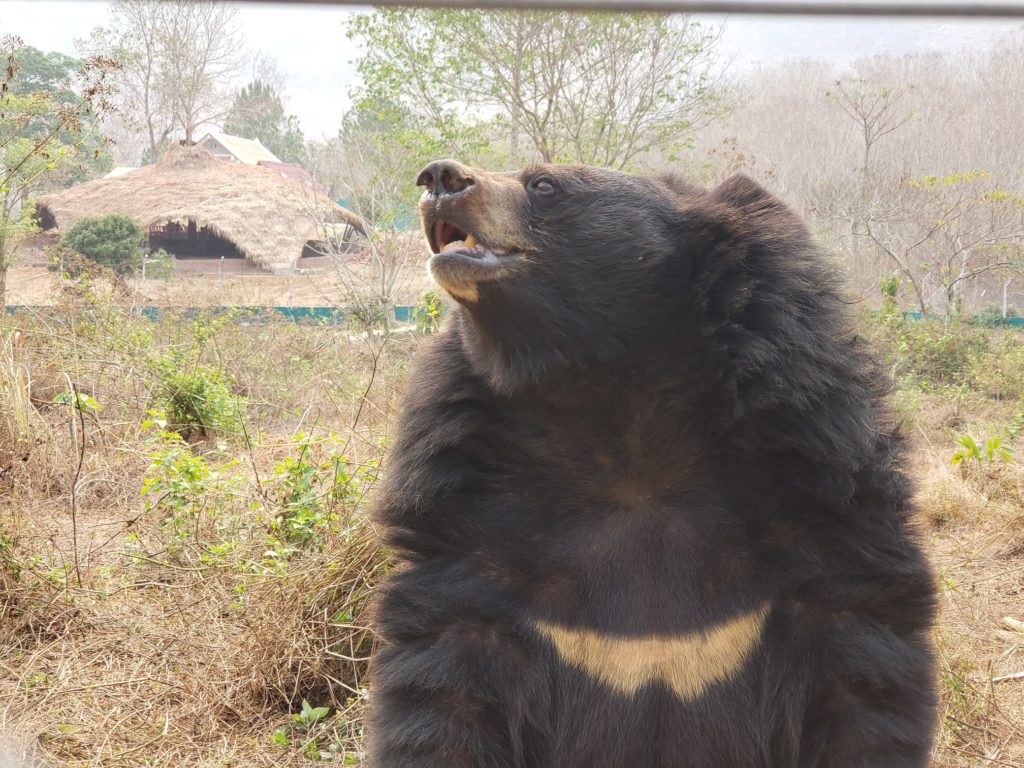
In Asia, the Free the Bears foundation has been operating since 1995 and it saves sun and Himalayan black bears from poachers, traders and farms. It helps authorities enact and enforce laws to protect endangered animal species, conducts research on wild bears and educational activities. The Foundation has already saved over 900 bears. Currently, 240 bears live in rehabilitation centres in Cambodia, Laos and Vietnam. Their maintenance is extremely costly: first, they require surgery and treatment, then rehabilitation.
What we do
The Dodo Foundation supports the bear rescue project in Laos. It is estimated that there are still over 100 animals on bile farms in this country. They can be taken from the owners because the Lao authorities have banned their activities. The problem is that two of the sanctuaries run by Free the Bears lack new enclosures. The cost of a new, happy home for one bear is PLN 20,000. We want to help build enclosures for bears. We have created a fundraiser for this purpose – click here to open the fundraiser.





